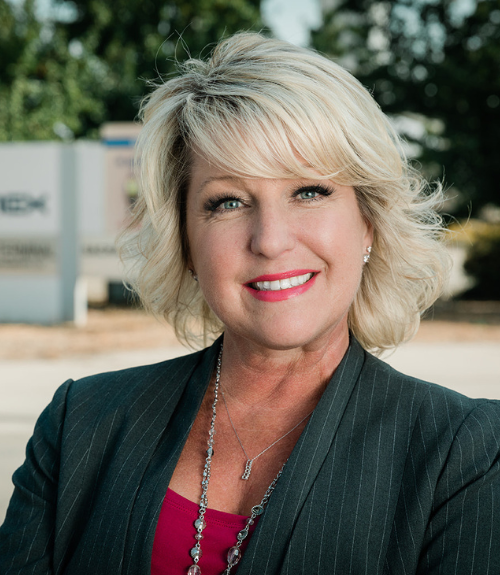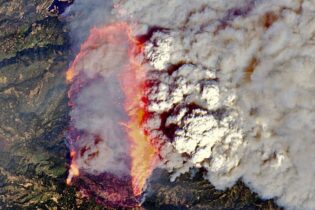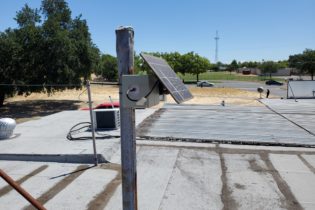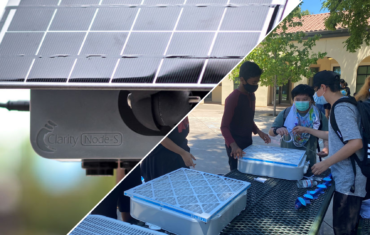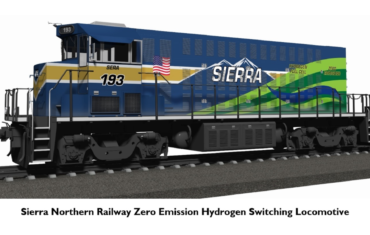Cleaner Air Partnership (CAP)

The Cleaner Air Partnership (CAP) is a unique public-private partnership across business, transportation, health, local government and the environment that is committed to protecting health, promoting economic growth, and supporting equity by ensuring the region meets clean air standards.
Our region is one of America’s most polluted metropolitan areas. That means negative health impacts for all of us, as prolonged exposure to high air pollution may cause severe health issues such as respiratory illness, lung and heart stress, and damaged respiratory cells. Our underserved communities are most vulnerable to pollution impacts, especially black, brown and other communities of color. We’ve made great progress cleaning our air, but we need to continue the work. As more people move to the area and our national air quality standards change, so do the challenges for our region’s air quality advocates, residents, and businesses.
In support of its mission, the Cleaner Air Partnership undertakes:
- Fact-finding
- Public education
- Policy and advocacy work at the local, state and federal levels on behalf of air quality priorities of the region
- Facilitation and building agreement
- Support for air-friendly smart-growth principles and their local implementation
- Support for targeted research activities
Stay up-to-date on air quality in the Sacramento region with the monthly CAP email newsletter: Subscribe to the Cleaner Air News.
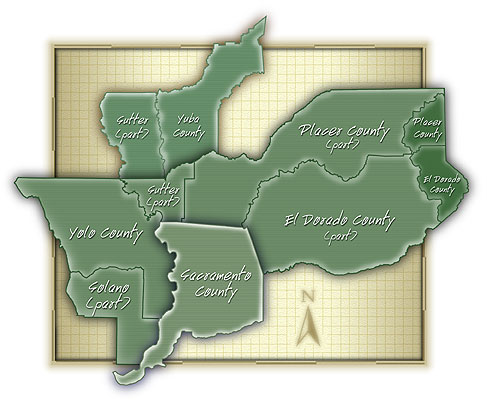
The work of CAP generally centers on programs that help minimize smog-forming emissions from mobile sources, such as cars and trucks, which are the dominant source of the capital region’s air pollution. CAP supports an incentive-based approach that rewards cooperation, innovation and proactive efforts. CAP is focused on reducing nitrogen oxides (NOx), which are one of the two major ingredients of ground-level ozone or smog. Simultaneously, reductions in ozone pollution and NOx also help to reduce two other major kinds of air pollution in our region: PM 2.5, small particles (soot), and greenhouse gases such as carbon dioxide, which are all linked to climate change. Learn more about past and current air quality in our region at Spare the Air.
Learn about the history of the Cleaner Air Partnership below:
 Learn about the impacts of poor air quality to public health and economic growth:
Learn about the impacts of poor air quality to public health and economic growth:
CAP Contributors
The Cleaner Air Partnership’s contributors include businesses, environmental organizations, public health nonprofits, and governmental agencies from both the public and private sectors:
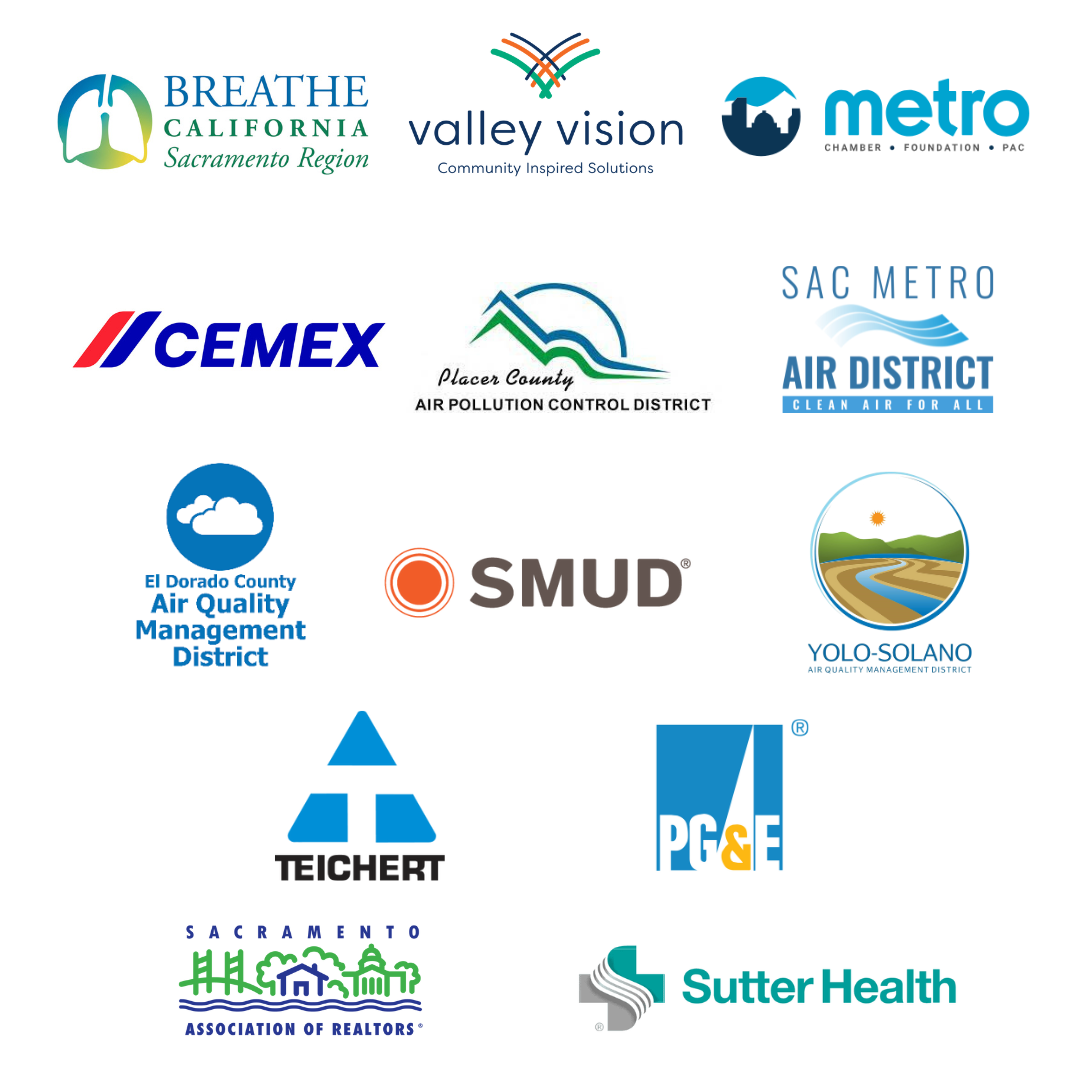
CAP Agenda & Accomplishments
The Sacramento Region has reduced unhealthy air days by two-thirds since 1979 through tougher smog checks and emissions standards, cleaner burning gasoline and stricter standards on stationary sources such as auto refinishing shops, manufacturing plants and gas stations.
Private companies and public agencies have also joined the effort – voluntarily adding pollution controls and switching their heavy-duty vehicles to cleaner-burning fuels such as compressed natural gas. Financial incentives often help cover their costs and lead businesses to adopt clean-air measures before regulations require them. And we’ve begun thinking about how to grow smarter by putting jobs, homes and services closer together.
 Here are CAP’s main priority work areas for the coming years:
Here are CAP’s main priority work areas for the coming years:
 Here are some highlights of CAP’s clean air innovation and action:
Here are some highlights of CAP’s clean air innovation and action:
Join Us!
At the Cleaner Air Partnership, we think a little cooperation can go a long way when it comes to preserving the air quality that’s so crucial for the Sacramento region’s future.
Our business-health partnership can also be a source of invaluable context and guidance for your own external affairs activities.
